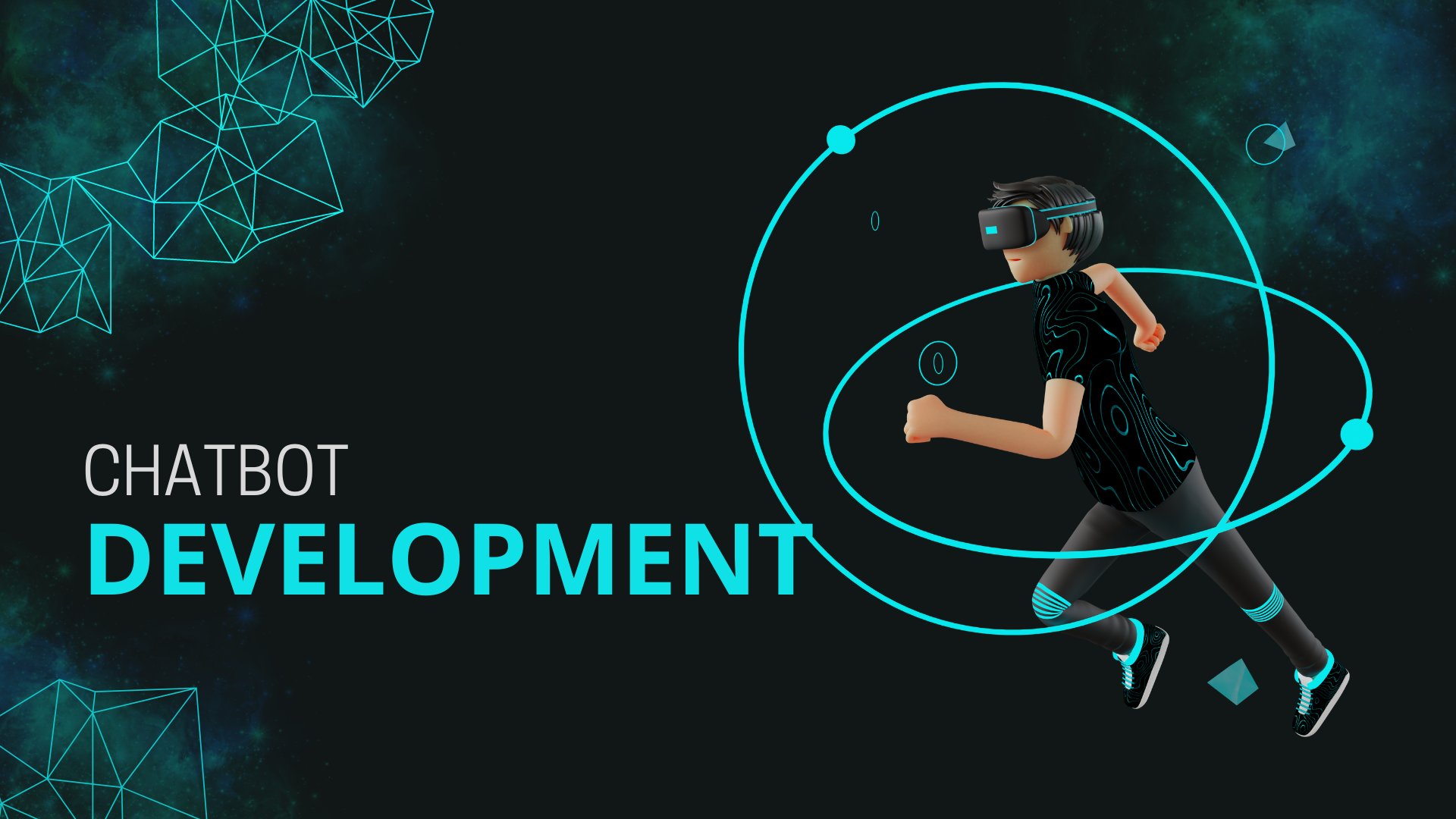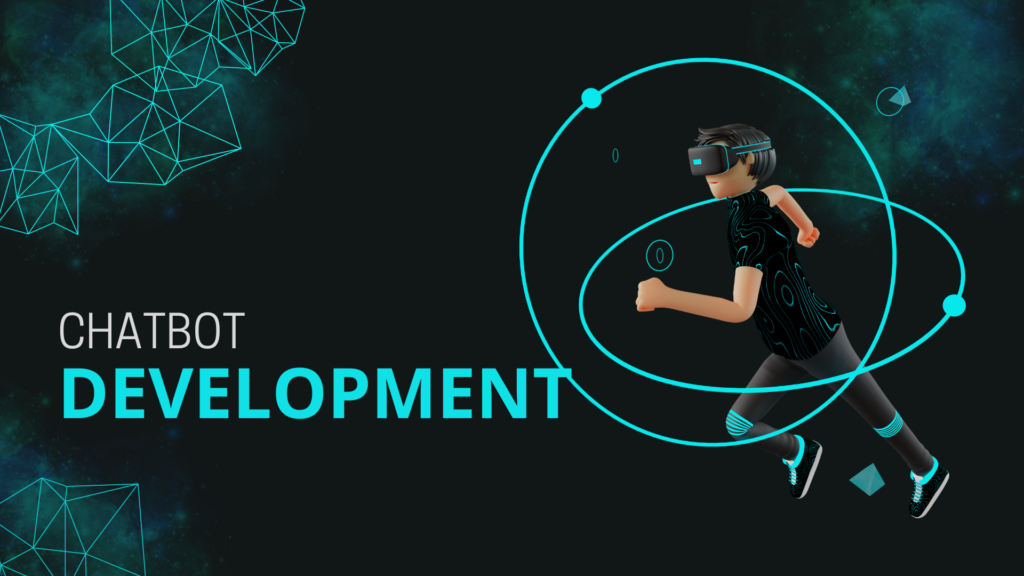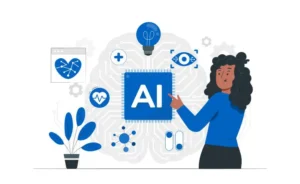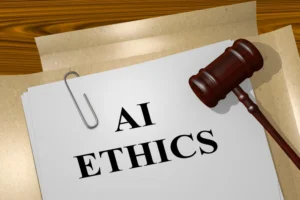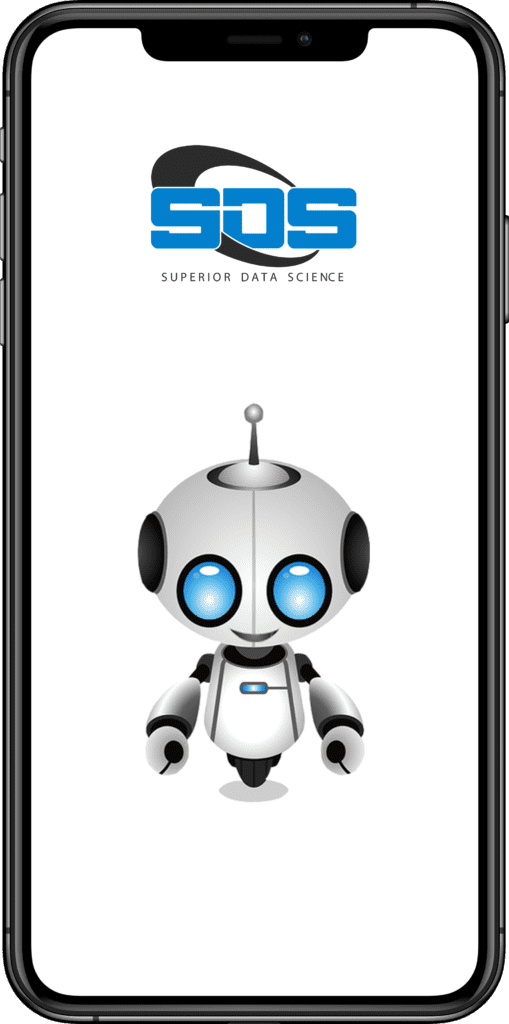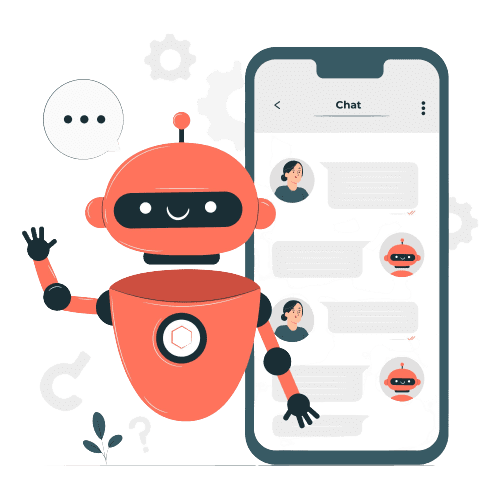The rise of chatbots has transformed the way businesses engage with their customers. These AI-driven conversational agents have the potential to deliver exceptional user experiences, provided How do you handle language and context in a chatbot effectively, which are two critical elements.
Effective communication in a chatbot goes beyond understanding mere words. It encompasses understanding the user’s intent, interpreting their queries accurately, maintaining context over multiple interactions, and responding in a manner that feels both natural and relevant. Achieving this level of proficiency requires a deep dive into the realms of How do you handle language and context in a chatbot, specifically addressing these two critical elements. In this blog post, we will explore the intricacies of How do you handle language and context in a chatbot to ensure that your AI-powered agent communicates effectively with users.
Language Understanding in Chatbots:
1.1 Natural Language Processing (NLP):
NLP forms the foundation of a chatbot’s language understanding capabilities, an essential aspect of chatbot development steps. It involves a series of techniques and algorithms that enable chatbots to process and interpret human language. NLP enables chatbots to recognize not just words but also the context, semantics, and nuances within a conversation. Here’s how NLP contributes to effective language handling in chatbots:
- Intent Recognition: NLP allows chatbots, especially those developed by hire expert chatbot developers, to decipher the intent behind user queries. It helps identify what the user is trying to achieve, whether it’s seeking information, making a request, or expressing a sentiment.
- Entity Recognition: NLP helps chatbots, in the context of chatbot development steps, extract specific pieces of information from user input, such as dates, locations, or product names. This is crucial for providing accurate and contextually relevant responses.
- Sentiment Analysis: NLP can analyze the sentiment of user messages, enabling chatbots, especially those developed by hire expert chatbot developers, to detect whether a user is happy, frustrated, or neutral. This helps tailor responses to match the user’s emotional state.
1.2 Multilingual Support:
In our interconnected world, chatbots are often required to interact with users who speak different languages. To handle this diversity, chatbot developers, using innovative chatbot development solutions, implement multilingual support. This functionality enables chatbots to understand and respond in multiple languages, expanding their reach and accessibility to a global audience.
1.3 Language Model Pretraining and Fine-Tuning:
Developers often employ pre-trained language models, such as BERT (Bidirectional Encoder Representations from Transformers), GPT (Generative Pre-trained Transformer), and more, to enhance a chatbot’s language understanding. These models are pretrained on vast datasets, giving chatbots a broad understanding of language. Fine-tuning, a crucial step in custom chatbot development services, then allows developers to adapt these models to the specific needs and contexts of their chatbots.
Contextual Understanding in Chatbots:
2.1 Maintaining Context:
Effective communication isn’t just about understanding individual messages; it’s also about maintaining context over the course of a conversation. Chatbots must remember user preferences, past interactions, and the flow of the conversation, facilitated by advanced chatbot development solutions, to provide relevant responses. Contextual understanding involves:
- Dialogue Memory: Chatbots store and recall previous user messages and system responses to keep track of the conversation’s history. This memory helps chatbots respond coherently to user queries, even when they reference earlier parts of the conversation.
- User Profiling: By gathering and storing information about users, chatbots, particularly those benefiting from custom chatbot development services, can provide personalized experiences. For example, a chatbot for an e-commerce platform might remember a user’s past purchases and preferences to make product recommendations.
2.2 Handling Multi-Turn Conversations:
Conversations with chatbots often span multiple turns. Users may ask follow-up questions or switch topics during a single interaction. Effective chatbots excel at managing these complexities by:
- Thread Management: Chatbots organize and manage multiple conversation threads to keep track of different topics or user requests within the same interaction.
- User Context: Understanding user context is crucial. Chatbots should be able to recall and reference earlier messages in the conversation to maintain a coherent dialogue.
Best Practices for Effective Communication in Chatbots:
3.1 User-Centric Design:
Start with a user-centric design approach, an essential step in chatbot development steps. Understand your target audience, their preferences, and their communication style. This knowledge will inform your chatbot’s language and context handling.
3.2 Iterative Development and Testing:
Building an effective chatbot is an iterative process. Continuously test and refine your chatbot’s language understanding and contextual handling, especially when you hire expert chatbot developers, through user feedback and real-world interactions.
3.3 Feedback Mechanisms:
Incorporate feedback mechanisms within your chatbot. Allow users to provide feedback on the chatbot’s responses to help improve its language and context handling.
3.4 Human Handover:
Recognize the limitations of chatbots. When a conversation becomes too complex or the user’s needs exceed the chatbot’s capabilities, seamlessly transition to a human agent, especially if you hire expert chatbot developers, for a more personalized resolution.
3.5 Regular Updates:
Keep your chatbot’s language models and contextual understanding mechanisms, facilitated by cutting-edge chatbot development solutions, up to date. As language evolves and user expectations change, your chatbot must adapt to remain effective.
Real-World Examples of Effective Language and Context Handling:
4.1 Google Assistant:
Google Assistant excels in language understanding and contextual handling, thanks to advanced chatbot development solutions. It can follow up on questions, remember previous queries, and adapt its responses based on user preferences, providing a conversational and personalized experience.
4.2 Amazon Alexa:
Alexa’s contextual understanding, enhanced by custom chatbot development services, allows users to have multi-turn conversations. Users can ask follow-up questions without repeating the context, and Alexa maintains a coherent dialogue, making interactions feel natural.
4.3 IBM Watson Assistant:
IBM Watson Assistant’s NLP capabilities, facilitated by custom chatbot development services, enable it to understand user intent and extract entities, providing accurate and context-aware responses. It can be trained to handle domain-specific language and contexts effectively.
Conclusion:
Effective communication in chatbots hinges on the mastery of language understanding and contextual handling, especially when you hire expert chatbot developers. With advancements in NLP, machine learning, and user-centric design, chatbots are becoming increasingly adept at conversing with users in a natural and meaningful way. As chatbot technology continues to evolve, businesses can look forward to more engaging, context-aware, and user-friendly chatbot interactions. The journey to crafting exceptional chatbot communication experiences begins with a solid understanding of language and context, but it doesn’t end there. Regular refinement and adaptation are key to ensuring that your chatbot remains an effective conversational agent in the ever-changing landscape of human-computer interactions.



